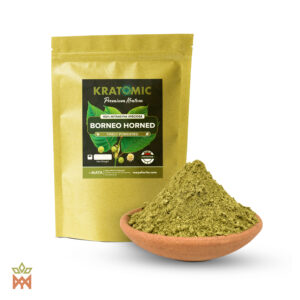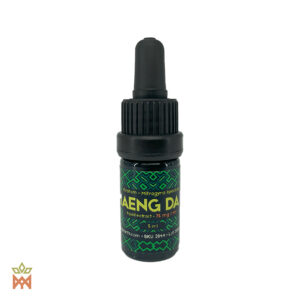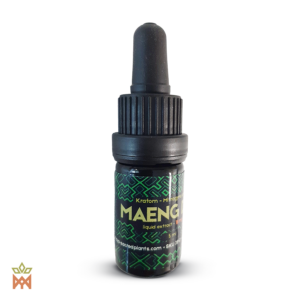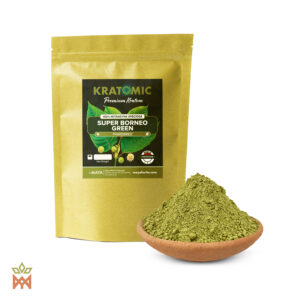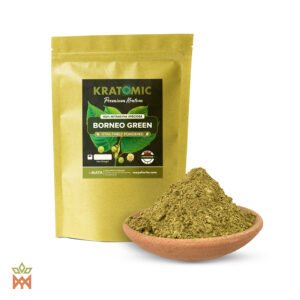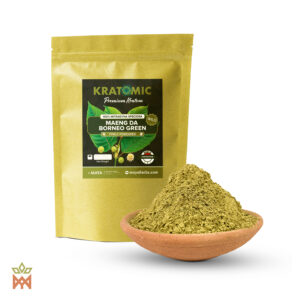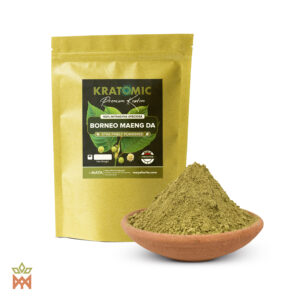Toont alle 7 resultaten
- Prijsklasse: € 8,90 tot € 114,00 Incl. VATOpties selecteren Dit product heeft meerdere variaties. Deze optie kan gekozen worden op de productpagina
- Oorspronkelijke prijs was: € 28,00.€ 14,00Huidige prijs is: € 14,00. Incl. VATToevoegen aan winkelwagen
- Oorspronkelijke prijs was: € 15,00.€ 7,50Huidige prijs is: € 7,50. Incl. VATToevoegen aan winkelwagen
- Prijsklasse: € 8,75 tot € 112,00 Incl. VATOpties selecteren Dit product heeft meerdere variaties. Deze optie kan gekozen worden op de productpagina
- Prijsklasse: € 8,00 tot € 115,00 Incl. VATOpties selecteren Dit product heeft meerdere variaties. Deze optie kan gekozen worden op de productpagina
- Prijsklasse: € 9,15 tot € 117,00 Incl. VATOpties selecteren Dit product heeft meerdere variaties. Deze optie kan gekozen worden op de productpagina
- Prijsklasse: € 9,95 tot € 129,50 Incl. VATOpties selecteren Dit product heeft meerdere variaties. Deze optie kan gekozen worden op de productpagina
Toont alle 7 resultaten
Green Kratom: A look at tropical botany
Green Kratom, scientifically known as Mitragyna speciosa, is an evergreen tropical tree belonging to the coffee family (Rubiaceae). This tree is native to Southeast Asia and thrives in the humid environments of Thailand, Indonesia, Malaysia and surrounding countries. The name ‘Green Kratom’ is derived from the vibrant green veins that run through its leaves, which visually and functionally distinguish it from other varieties such as Red and White Kratom.
Botanical characteristics and ingredients
Green kratom is harvested from mature leaves that contain a rich profile of bioactive constituents. The most prominent of these are the alkaloids mitragynine and 7-hydroxymitragynine. These compounds are present in varying concentrations in different kratom varieties, influencing their properties. In green kratom, these alkaloids are present in an equilibrium that is thought to contribute to the plant's unique characteristics. The leaves are usually harvested with care, ensuring that the veins remain intact and the natural potency of the alkaloids is preserved.
Historical background
Kratom has been used in Southeast Asia for centuries. Originally, farmers and local labourers chewed the leaves to benefit from their natural properties during long, strenuous working days in the fields. Over time, the use of kratom spread and became more popular as more was known about its properties. Traditional methods of consumption included chewing raw leaves, brewing as a tea, or drying and powdering for later use.
Special features compared to other kratom varieties
Green kratom differs from red and white kratom primarily in its balanced alkaloid profile. While red kratom is often associated with more sedative properties and white kratom with more stimulating properties, green kratom offers a balance between these effects. This characteristic makes green kratom particularly versatile and suitable for a wider range of preferences.
The differences between the varieties are also influenced by the specific regions in which they are grown, the age of the leaves at the time of harvest and the methods used to dry and process the leaves. These factors can influence the concentration and balance of alkaloids in the leaves and contribute to the unique properties of each variety.
In summary, green kratom is a complex and historically rich plant, known for its distinctive green-veined leaves and a balanced composition of alkaloids. The cultivation and use of green kratom are deeply rooted in the traditions of Southeast Asia and reflect a long history of interaction between the natural environment and local cultural practices. As a member of the diverse kratom family, green kratom continues to be valued for its unique place in the spectrum of kratom varieties.
Buying and quality considerations
When shopping for green kratom, it is important to use reputable suppliers to ensure the purity and quality of the product. High-quality green kratom should have a vibrant colour and a fine, consistent texture. It is advisable to start with a lower dose to gauge sensitivity and response, as potency can vary significantly depending on the source and processing.
Green Kratom offers a unique balance of stimulating and soothing properties, making it a favourite choice among Kratom enthusiasts. Whether you want to boost your focus at work, improve your social interactions, or simply enhance your overall mood and sense of well-being, Green Kratom is an all-natural and vegetarian alternative to stimulants like caffeine and nicotine. A versatile option to consider.
The differences between the varieties are also influenced by the specific regions in which they are grown, the age of the leaves at the time of harvest and the methods used to dry and process the leaves. These factors can affect the concentration and balance of the alkaloids


